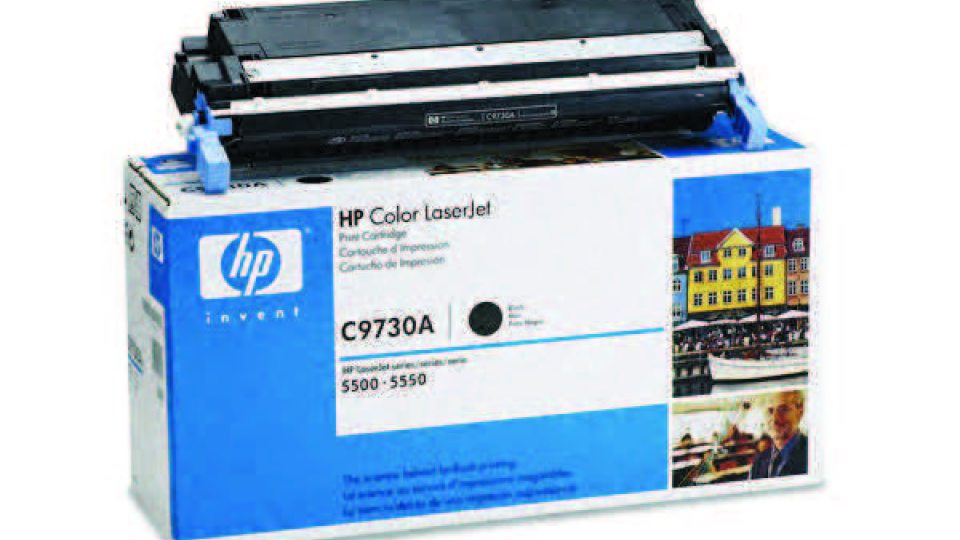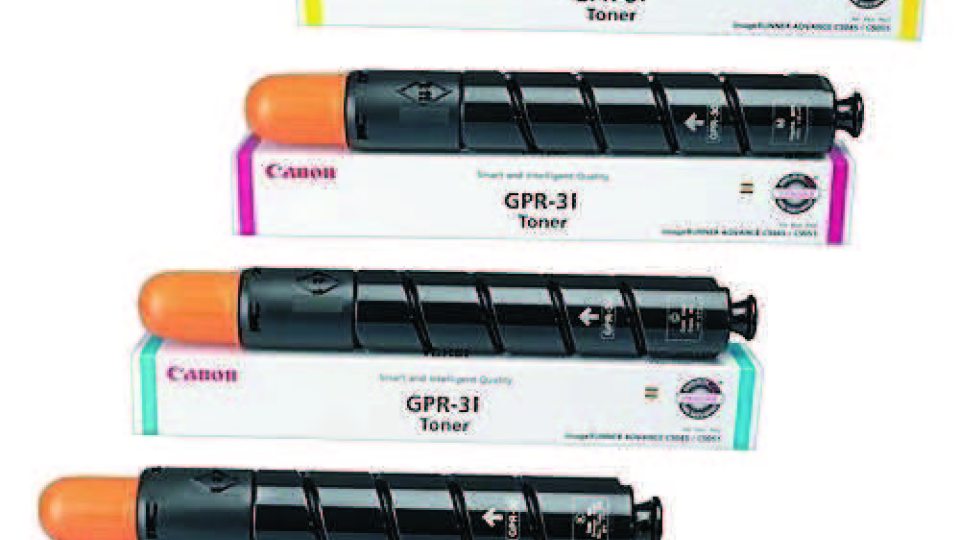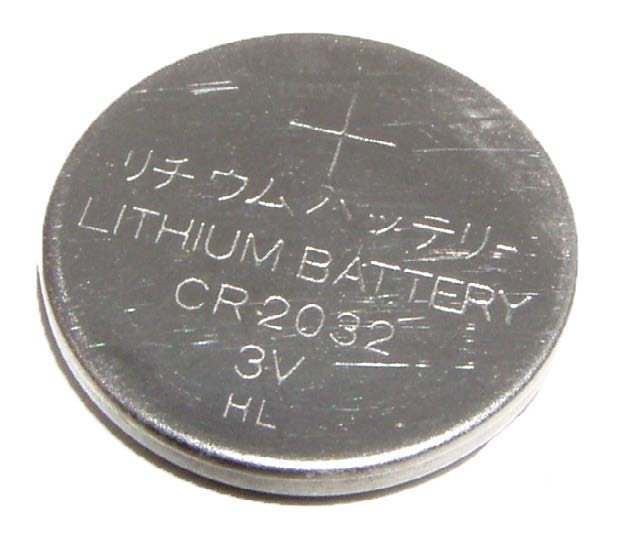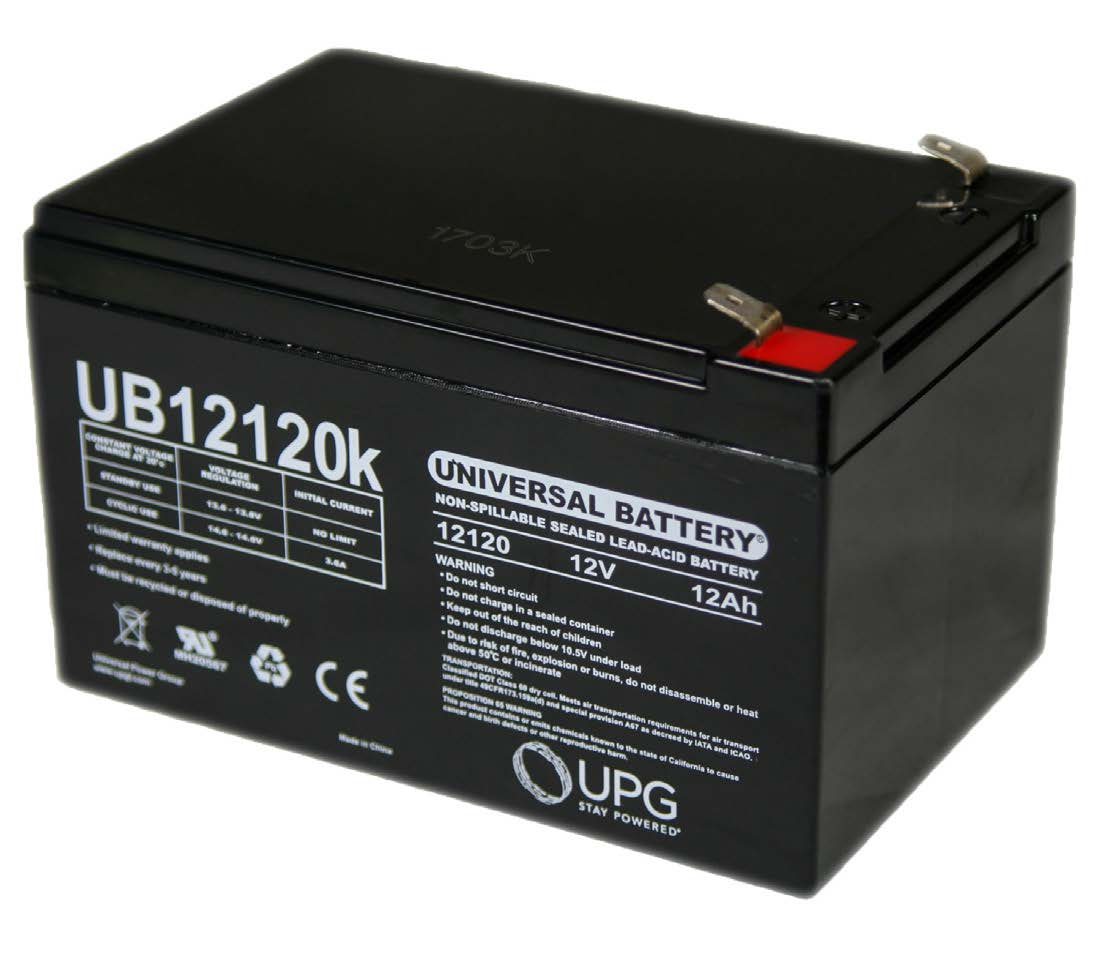Environmental Health & Safety (EH&S) is responsible for providing campus-wide compliance with federal, and local environment, safety and fire regulations. EH&S's friendly staff provides guidance, training and support to all campus departments, as needed. As a cohesive unit, they are constantly striving to increase the environmental stewardship and safety aswareness of all who thrive within the campus community.

Environmental Health and Safety
Employee Injury Reporting
All employees are responsible for promoting a safe and healthful work environment. Reporting all injuries or illness in a timely manner will aid in accident prevention efforts and will help us meet regulatory requirements.
When unsafe work conditions or behaviors are reported, supervisors should provide the appropriate corrective action. Environmental Health and Safety should be contacted for situations that require special attention.
Health & Safety
Learn more about health & safety programs and policies developed by Environmental Health and Safety.
Environmental Safety
The recycling policies listed below have been developed in response to regulatory requirements and/or University committee decisions. These items are mandatory and must be followed to ensure compliance.
Fire Safety
SUNY Oswego is inspected annually each spring by the New York State Office of Fire Prevention and Control (OFPC) for fire safety compliance. Learn more below.
Recycling Guidelines
Ink and Toner Cartridges
Most ink and toner cartridges can be refilled and reused! They should never be thrown in the trash. Please send them via Campus Mail to EHS at 110 Lee Hall, drop them off, or call our office for pick up at x3157. For everyone’s convenience, please don’t wait until you have a huge pile to send! Also, there is no need to use a lot of tape to close the boxes. We have to open them up before sending them for recycling. Thanks!

Recyclable Cartridges to Send
- Ink cartridges
- Toner cartridges (not tanks or tubes)
Do not send us toner tanks or tubes. They are not accepted for refilling or reusing. They are, however, recyclable as plastic. They may be placed in your recycle bin.

What Not to Send
- Maintenance cartridges
- Toner kits
- Drum units
These items are not refillable/reusable. Some are recyclable as plastic and may be placed in your recycle bin. Most, however, are unfortunately not recyclable and must be placed in your trash.
Battery Disposal
Alkaline batteries in AA, AAA, C, D & 9 Volt forms may simply be discarded in the trash, as they are not hazardous. Send batteries you are unsure about to the Environmental Health & Safety Office in Lee Hall 110 via Campus Mail.
The following should be recycled in campus collection containers.
Mercury/Silver Oxide, Lithium, Zinc-Air
- Small, button/coin sized
- AA, C, 9 volt, 6 volt
- For computers, pagers, medical equipment, cameras

Sealed Lead Acid
- D, Battery Packs
- Used in camcorders, emergency lighting, power backup

Nickel-Cadmium
- AA, AAA, C, D, Power Packs
- Used in cell phones, camcorders, cordless tools, laptops

Fire Safety Guidelines
Environmental Health and Safety, led by Fire Marshal Ken Ayhens, operates a comprehensive life safety program. All fire extinguishers, sprinkler systems, emergency lights, and AEDs on campus are inspected monthly to ensure they function properly, reducing injury and property damage from fires. Unsafe conditions found during inspections are promptly addressed.
Each spring, SUNY Oswego undergoes an annual inspection by the New York State Office of Fire Prevention and Control (OFPC). The OFPC inspects public and private facilities for compliance with the New York State Fire Safety Code, issuing certificates, violation notices, and compliance orders. They can impose fines for unresolved violations and may order building closures if occupants face imminent threats.
Pre-Inspection Walk Through Tips
- Remove all extension cords and replace them with power strips with over-current protection breakers.
- No power strips can be plugged into another power strip. Devices must be plugged directly into an outlet.
- Replace frayed electrical cords.
- Have any junction boxes or electrical covers replaced so that connections and wires are not exposed.
- Labeled fire doors cannot be propped open. Remove any prop open devices.
- Doors with closers cannot be propped open.
- Properly secure any gas cylinders to prevent them from falling over by using chain and/or straps to a fixed point.
- Combustible storage cannot be within 18 inches in rooms that are protected by sprinklers and 24 inches without sprinklers.
- Check flame retardant requirements for curtains/drapes in assembly spaces of 50 or more people and lab spaces.
- Ensure that all hallways and stairwells are free of obstructions—especially combustible material storage.
- Ensure that all exit signs are illuminated and in good condition.
- All ceiling tiles are in place and not broken or missing.
- Ensure that all fire and life safety equipment is accessible by 3 feet and not obstructed.
- Maintain unobstructed exits and egress.
Contact the Fire Marshal at 315-312-3156 or by emailing [email protected].
Reviewed on 06/27/24
Fire Extinguisher Use
Attempting to extinguish even a small fire carries some risk. Fires can increase in size and intensity in seconds, blocking the exit path of the fire fighter and creating a hazardous atmosphere. In addition, portable fire extinguishers contain a limited amount of extinguishing agent and can be discharged in a matter of seconds. Therefore, individuals should attempt to fight only very small or incipient stage fires. Using a fire extinguisher is not a requirement. The only thing anyone is required to do is pull the Pull Station to get everyone out. You must call x5555 to report the use of a fire extinguisher.
Portable fire extinguishers have two functions:
- To control or extinguish small or incipient stage fires and
- To protect evacuation routes that a fire may block directly or indirectly
To extinguish a fire with a portable extinguisher, a person must:
- have immediate access to the extinguisher,
- know how to actuate the unit,
- know how to apply the agent effectively, and
- perform a risk assessment that evaluates:
- the fire size,
- the atmosphere, and
- the evacuation path
| Risk Assessment Question | Incipient stage fires or fires that can be extinguished with portable fire extinguishers | Fires that should not be fought with a portable fire extinguisher requires immediate evacuation |
|---|---|---|
| Is the fire too big? | 1. Limited to the original material ignited, 2. It is contained and has not spread, and 3. The flames are not higher than the firefighter’s head. | 1. The fire involves flammable solvents, 2. Has spread over more than 60 square feet, 3. Is partially hidden behind a wall or ceiling, or 4. Cannot be reached from a standing position. |
| Is the air safe to breathe? | 1. The fire has not depleted the oxygen in the room, 2. No toxic gases are being produced, and 3. No respiratory protection is required. | 1. Due to smoke and products of combustion, the fire cannot be fought without respiratory protection. |
| Is the environment too hot or smoky? | 1. The room temperature is only slightly increased, 2. Smoke may be accumulating on the ceiling, but visibility is good, and 3. No special PPE is required. | 1. The radiated heat is easily felt on exposed skin making it difficult to approach within 10 – 15 feet of the fire, 2. One must crawl on the floor due to heat or smoke, or 3. Smoke is quickly filling the room, decreasing visibility. |
| Is there a safe evacuation path? | There is a clear evacuation path that is behind you as you fight the fire. | The fire is not contained, and fire, heat, or smoke may block the evacuation path. |


